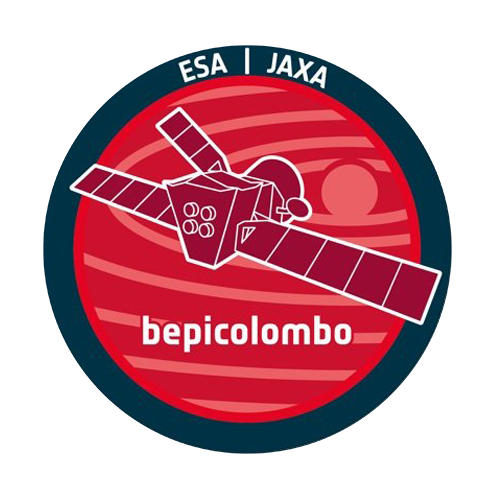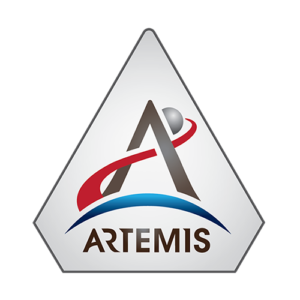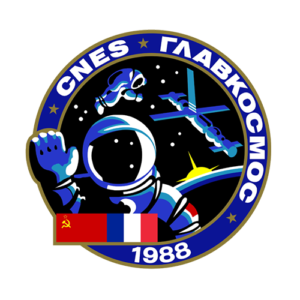The BepiColombo program, a collaborative effort between the European Space Agency (ESA) and the Japan Aerospace Exploration Agency (JAXA), aims to explore Mercury, the least understood of the terrestrial planets in our solar system. Launched on October 20, 2018, the mission consists of two orbiters: the Mercury Planetary Orbiter (MPO) and the Mercury Magnetospheric Orbiter (MMO), also known as Mio. The program’s primary objectives are to study Mercury’s surface, internal structure, magnetic field, and exosphere, providing comprehensive data that will enhance our understanding of the planet’s formation and evolution.
Notable achievements of BepiColombo include its successful launch, complex gravity-assist maneuvers, and the integration of advanced scientific instruments designed to operate in Mercury’s extreme environment.
History & Evolution
The origins of the BepiColombo program date back to the early 2000s when ESA and JAXA identified Mercury as a key target for planetary exploration. The mission was named in honor of Giuseppe “Bepi” Colombo, an Italian scientist who made significant contributions to our understanding of Mercury’s orbit and developed the gravity-assist maneuver concept. The program’s development involved extensive collaboration between European and Japanese scientists and engineers, leveraging their combined expertise to design a mission capable of overcoming the challenges posed by Mercury’s harsh environment.
Development of BepiColombo began with detailed planning and design phases, which included selecting the scientific payloads and engineering solutions required for the mission. The mission’s dual-orbiter concept was chosen to maximize scientific return, with each orbiter focusing on different aspects of Mercury’s environment. The MPO, developed by ESA, was designed to study the planet’s surface and internal composition, while the MMO, developed by JAXA, would focus on Mercury’s magnetosphere and solar wind interactions.
Technological advancements were crucial for the mission’s success. These included the development of advanced thermal control systems to manage the extreme temperatures near Mercury and the design of high-efficiency solar panels to power the spacecraft. Additionally, the spacecraft required a sophisticated propulsion system capable of executing complex gravity-assist maneuvers involving Earth, Venus, and Mercury.
The mission’s launch marked a significant milestone, followed by a carefully planned cruise phase involving multiple flybys to adjust the spacecraft’s trajectory and speed. These flybys included encounters with Earth, Venus, and Mercury, each providing critical adjustments to ensure a successful arrival in Mercury’s orbit. The program’s success in executing these maneuvers demonstrated the effectiveness of the mission’s design and planning.
Mission Objectives
The primary goals of the BepiColombo program are to understand Mercury’s formation and evolution, its geological history, and its current geophysical state. Specific mission objectives include high-resolution mapping of Mercury’s surface to study its composition and tectonic activity, analyzing the planet’s exosphere to understand its interactions with the solar wind, and investigating the structure and dynamics of Mercury’s magnetosphere.
The program also aims to measure Mercury’s magnetic field with high precision, providing insights into the planet’s partially molten core and its magnetic dynamo. By studying these aspects, BepiColombo will contribute to comparative planetology, enhancing our understanding of rocky planets in the solar system and the processes that shape their environments.
Secondary objectives include searching for volatile elements, such as water ice in permanently shadowed craters, and studying the surface composition to identify the presence of elements and minerals that could reveal Mercury’s geological history. These objectives aim to provide a holistic understanding of Mercury and its place in the solar system.
Infrastructure and Facilities
The BepiColombo program utilized several key facilities for its launch, construction, and mission operations. The spacecraft was launched from the Guiana Space Centre in Kourou, French Guiana, using an Ariane 5 rocket. This launch site was chosen for its ability to deliver the spacecraft into the precise trajectory required for the mission.
The spacecraft was constructed at various facilities across Europe and Japan, with major contributions from ESA’s European Space Research and Technology Centre (ESTEC) in the Netherlands and JAXA’s Institute of Space and Astronautical Science (ISAS) in Japan. These facilities provided the necessary infrastructure for assembling and testing the spacecraft, ensuring it could withstand the harsh conditions of space and Mercury’s environment.
The mission’s operations are managed from ESA’s European Space Operations Centre (ESOC) in Darmstadt, Germany, and JAXA’s mission control centers in Japan. These centers are responsible for monitoring the spacecraft, executing mission plans, and ensuring the scientific instruments operate as intended. The program also benefits from international partnerships with various space agencies and scientific institutions, enhancing the mission’s scientific output and data analysis capabilities.
Spacecraft and Vehicles
The BepiColombo program involves two primary spacecraft, launched together as part of the mission:
Mercury Planetary Orbiter (MPO): Developed by ESA, the MPO is designed to study Mercury’s surface and internal composition. It is equipped with high-resolution cameras, spectrometers, and other instruments to analyze the planet’s geology and topography.
Mercury Magnetospheric Orbiter (MMO, Mio): Developed by JAXA, the MMO focuses on Mercury’s magnetosphere and its interactions with the solar wind. It carries instruments such as magnetometers, plasma analyzers, and particle detectors to measure the magnetic field and plasma environment.
Mercury Transfer Module (MTM): This module provides the necessary propulsion and support during the cruise phase. It carries the MPO and MMO, supplying power and thermal control until they reach Mercury’s orbit.
The program also used the Ariane 5 rocket for launch, known for its reliability and capacity to carry heavy payloads into precise orbits. The combination of these spacecraft and the launch vehicle enabled BepiColombo to undertake its complex mission to Mercury.
Achievements and Discoveries
The BepiColombo program has achieved several significant milestones since its launch. These include the successful execution of multiple gravity-assist maneuvers, critical for adjusting the spacecraft’s trajectory toward Mercury. Each flyby provided valuable data and demonstrated the effectiveness of the mission’s design and planning.
Anticipated discoveries upon arrival at Mercury include detailed maps of the planet’s surface, revealing its geological history and surface composition. The mission is expected to provide unprecedented insights into Mercury’s magnetic field and magnetosphere, enhancing our understanding of planetary magnetic fields and their interactions with the solar wind.
The data collected by BepiColombo will contribute to a deeper understanding of rocky planets and the processes that shape their environments, providing valuable information for future planetary exploration missions.
Current Status of this program
As of 2024, the BepiColombo spacecraft is en route to Mercury, with its arrival scheduled for December 2025. The mission has successfully completed its planned gravity-assist maneuvers, including flybys of Earth, Venus, and Mercury. These maneuvers have been critical for adjusting the spacecraft’s trajectory and ensuring it reaches Mercury as planned.





